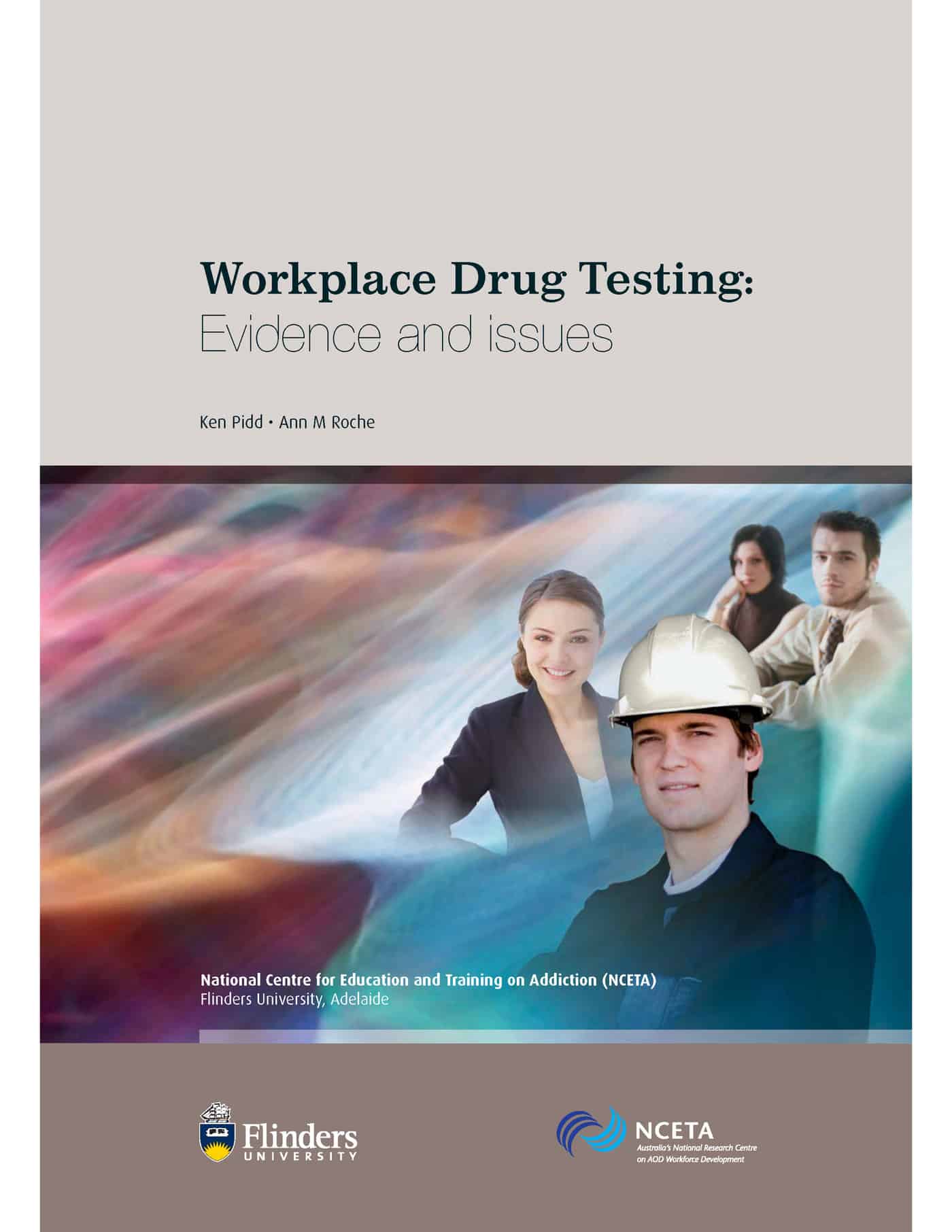 There is a legislative basis for occupational health and safety (OHS) but before the laws, there was morality and it is this morality to which most OHS professionals will refer when asked why they work in Safety. But I know no more about morality than anyone else. So what do I do in these situations? I get a book.
There is a legislative basis for occupational health and safety (OHS) but before the laws, there was morality and it is this morality to which most OHS professionals will refer when asked why they work in Safety. But I know no more about morality than anyone else. So what do I do in these situations? I get a book.
The book I chose was by


 There is no doubt that football fields are the workplaces of professional football players and their support staff. So they are covered by occupational health and safety (OHS) and/or work health and safety (WHS) laws but what does this mean in relation to OHS regulators, and the sportspeople’s employers? Recently
There is no doubt that football fields are the workplaces of professional football players and their support staff. So they are covered by occupational health and safety (OHS) and/or work health and safety (WHS) laws but what does this mean in relation to OHS regulators, and the sportspeople’s employers? Recently